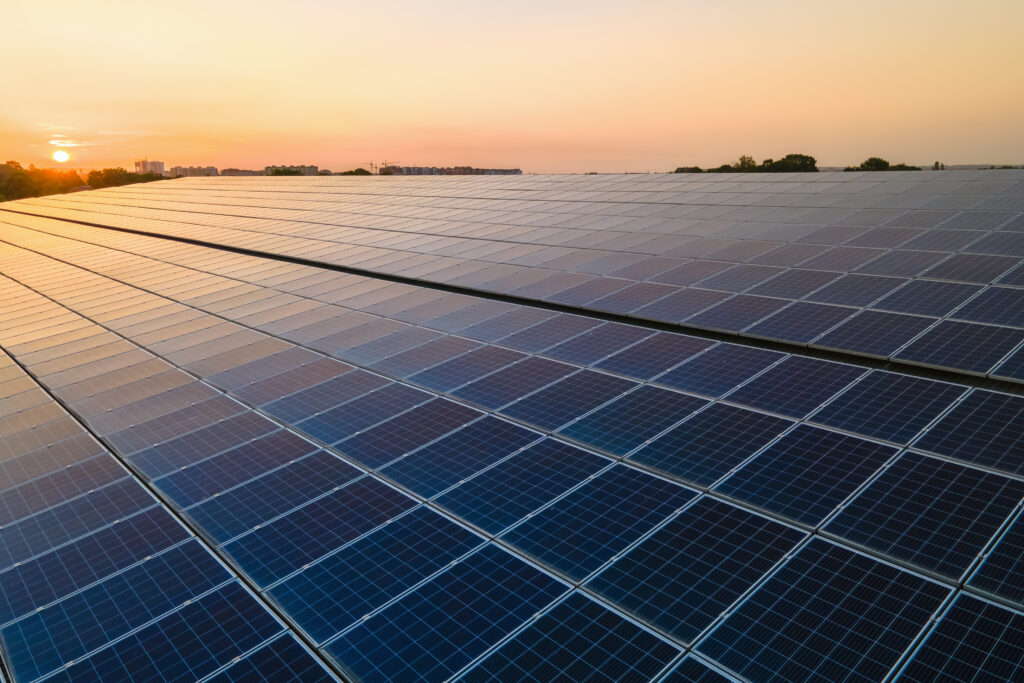Understanding TNUoS Charges: A Complete Guide to Transmission Network Use of System Fees in the UK
If you’re involved in the UK energy market – whether as a generator, supplier, or business consumer – you’re likely to encounter the term TNUoS or Transmission Network Use of System charges. But what exactly are these charges, how are they calculated, and why do they matter? This comprehensive guide will answer all your questions about TNUoS, explaining its significance, how it impacts electricity costs, and what future changes to expect.
What is TNUoS?
TNUoS (Transmission Network Use of System) charges are fees imposed to fund the operation and upkeep of the UK’s high-voltage electricity transmission infrastructure. Administered by the National Grid Electricity System Operator (NGESO), these costs are ultimately transferred to consumers via their energy suppliers.
Who Pays TNUoS?
- Generators connected directly to the transmission network, including embedded generators with contracts for ≥100MW of Transmission Entry Capacity (TEC).
- Energy Suppliers for the use of the transmission infrastructure across their customer base.
- Some larger embedded generators contracted directly with National Grid are also liable.
When Are TNUoS Tariffs Published?
Tariffs are typically published by 31st January each year and take effect from 1st April for the upcoming financial year.
Why Do TNUoS Charges Exist?
The main goal of TNUoS charges is to recover the total revenue approved by Ofgem, the UK’s energy regulator. This revenue is used to finance the building, operation, and maintenance of the high-voltage transmission network throughout England, Scotland, Wales, and offshore areas. In essence, these charges help keep the transmission system dependable, robust, and able to meet the country’s evolving energy demands.

How Are TNUoS Tariffs Structured?
TNUoS tariffs consist of two main components:
1. Locational Tariffs
These reflect the specific costs associated with transmitting electricity from particular locations on the network. The idea is that the further or more heavily used a location is, the higher the cost to deliver power there.
2. Residual Tariffs
These are designed to recover the remaining revenue needed to meet the total allowed revenue, ensuring the overall funding of the transmission system remains balanced.
Why Do TNUoS Charges Matter?
Currently, TNUoS charges account for approximately 10% of electricity costs. Forecasts suggest that these charges will increase from £5.3 billion in 2025/26 to around £6.2 billion in 2026/27. For energy-intensive businesses, such rises can significantly impact operational costs and influence long-term energy strategies.
Recent reforms and ongoing reviews, including the Targeted Charging Review (TCR), aim to make these charges more predictable and aligned with broader energy policies like Clean Power 2030.
Who Pays TNUoS?
- Generation Tariffs: Directly connected generators and large embedded generators (≥100MW) pay tariffs based on their connection and capacity.
- Supply Tariffs: Suppliers incorporate these costs into their electricity prices, passing them on to consumers.
How Are TNUoS Charges Calculated?
TNUoS tariffs are determined through a combination of factors:
– Location: Tariffs vary depending on where the site is connected within the transmission network.
– Demand and Capacity: Charges are influenced by the site’s peak demand, capacity, and consumption patterns.
Tariff Types
– Fixed Rate: Flat charges based on capacity or consumption.
– Triad-Based: For half-hourly metered sites, charges are based on the three peak periods (Triads) during winter months.
– Consumption-Based: Charges related to actual energy used during specific periods.
– Zone-Based Charges: Different geographic zones incur different tariffs, reflecting local network costs.
The Role of Ofgem
Ofgem regulates TNUoS charges by setting price controls on the revenue transmission network operators can earn and approving methodologies for charge calculation. While NGESO manages the system operations, Ofgem ensures that the charges remain fair, cost-reflective, and aligned with national energy policies, such as promoting competition and supporting the transition to net-zero emissions.
How Do TNUoS Charges Impact Businesses?
TNUoS charges can significantly influence business electricity bills. Recent reforms, like the Targeted Charging Review, have shifted the approach from Triad-based demand charges to a fixed charge based on a business’s Authorised Supply Capacity (ASC), starting April 2023.
Forecasted Increases for 2026/27
– Demand residual revenue is expected to rise by 94%, reaching £7.52 billion.
– Average demand tariffs for half-hourly meters could increase to £3.18/kW.
– Non-half-hourly tariffs might go up to 0.43 p/kWh.
Implications:
– Higher energy costs for businesses, especially those with high capacity or demand.
– Increased difficulty in long-term budgeting and energy planning.
How Can Businesses Reduce TNUoS Charges?
Since TNUoS charges are primarily based on site demand during peak periods (Triads), businesses can:
– Reduce peak demand during Triad periods by shifting consumption.
– Use a Triad Warning Service to identify optimal times to lower energy use.
– Optimize capacity: Move to a lower charging band by reducing your site’s capacity.
– Invest in on-site generation, such as solar PV, to lower reliance on grid power and avoid peak transmission charges.
How Solar PV Can Help Cut Costs
Implementing solar photovoltaic (PV) systems offers a practical way to mitigate rising TNUoS costs:
– Generate electricity on-site, reducing dependence on grid supply.
– Avoid peak transmission charges associated with Triad periods.
– Enhance energy resilience and sustainability.
– Support ESG (Environmental, Social, Governance) goals.
At Energy Gain UK we specialise in designing tailored solar energy solutions—roof-mounted, ground-mounted, and solar carports—that align with your site’s energy profile and strategic objectives.
Future Outlook: What to Expect in 2026/27 and Beyond
The upcoming 2026/27 charging year is set to see a sharp increase in TNUoS charges:
– Demand residual revenue forecasted to nearly double, rising by 94%.
– Average tariffs for demand are expected to go up significantly.
– The total TNUoS Allowed Revenue could reach £8.9 billion, impacting both consumers and businesses.
Why these increases?
They stem from higher transmission system costs, evolving forecasts, and pending long-term reforms (expected around 2029). Until then, expect continued volatility and upward pressure on energy prices.
Impacts include:
– Higher household and business energy bills.
– Challenges in budgeting and energy management.
– The importance of proactive demand management and on-site generation.
—
Final Thoughts
Understanding TNUoS charges is essential for anyone involved in the UK energy landscape. These charges directly influence electricity prices and long-term energy planning. By staying informed about upcoming changes, exploring demand reduction strategies, and investing in renewable energy solutions like solar PV, businesses can better navigate the evolving energy market and mitigate rising costs.
Need expert advice on managing TNUoS charges or implementing solar solutions?
Contact Energy Gain UK – we’re here to help you optimise your energy strategy and reduce costs and build a more sustainable energy.
☎️ 0161 330 7739 | ✉️ info@energygain.co.uk


